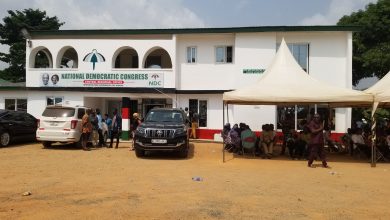Same-sex parents could conceive children with shared DNA using skin cells: fertility study
Source: New York Post

A new study has shown scientists that a solution is on the horizon for those suffering from infertility, as well as some same-sex couples whose current option for a biological child is to outsource at least one parent.
The proposed treatment — which employs the same process used to create Dolly, the sheep cloned by scientists in 1996 — would be able to turn average skin cells into a human egg that can grow an embryo.
This fascinating method, published in the journal Science Advance, would solve fertility problems for same-sex couples as well as women of advanced ages and others who are unable to produce eggs due to disease, cancer treatment or predisposition.
Researchers from the Oregon Health & Science University (OHSU) modeled the process in mice, called in vitro gametogenesis, or IVG. The technique places the nucleus of a skin cell from a man or woman into a donor blank-slate embryo that’s missing its own nucleus.
Then, the supplanted skin cell nucleus has its genetic content slashed in half to make room for sperm cell, then creating a viable human embryo to be planted into a womb through in-vitro fertilization (IVF).
“The goal is to produce eggs for patients who don’t have their own eggs,” said lead study author Shoukhrat Mitalipov, director of the OHSU Center for Embryonic Cell and Gene Therapy, according to South West News Service.
The new procedure has the potential to revolutionize the way homosexual men in particular start families since they wouldn’t need to provide a donor egg to do the job.
Previously researchers had hoped to find a way to redirect stem cells to create sperm or eggs, which remains out of reach, but this new approach, called somatic nuclear transfer, bypasses all that.
“We’re skipping that whole step of cell reprogramming,” said report co-author Dr. Paula Amato, a professor of obstetrics and gynecology at the OHSU School of Medicine. “The advantage of our technique is that it avoids the long culture time it takes to reprogram the cell.”
OHSU scientists demonstrated proof of concept in a previous report published in 2022. “This publication basically shows how we achieved [it],” said Mitalipov.
Editor’s note:
Views and comments of characters in our stories do not represent the position of Gnewsprime.com.
The website is only a medium for news stories. Thank you























